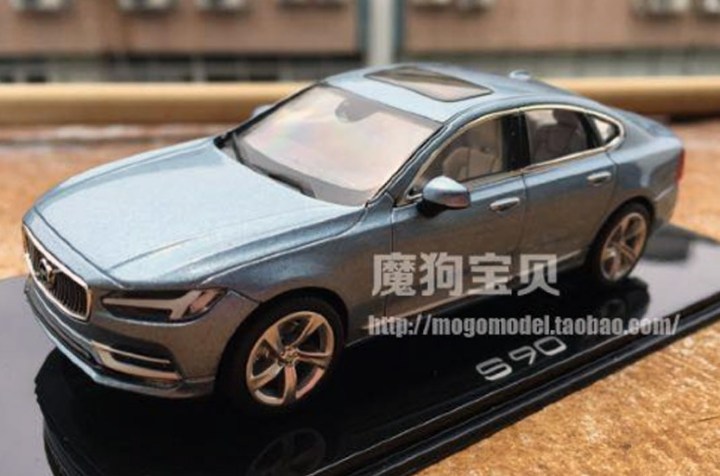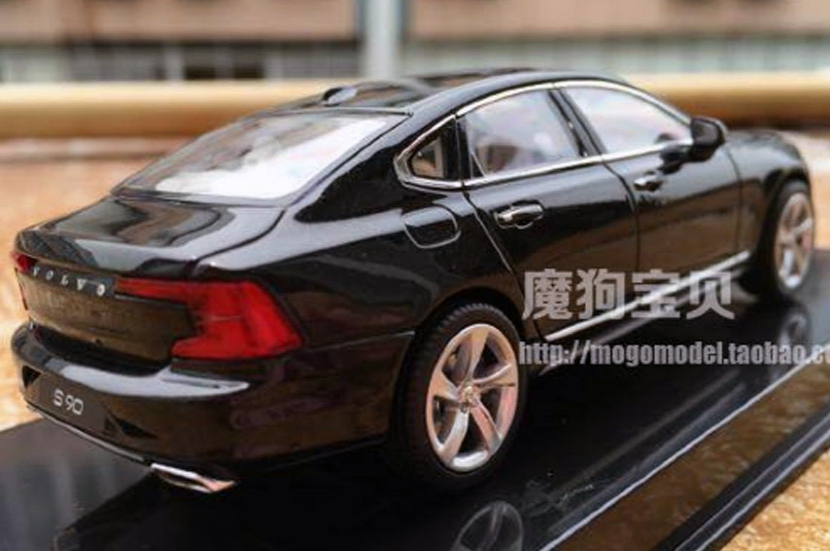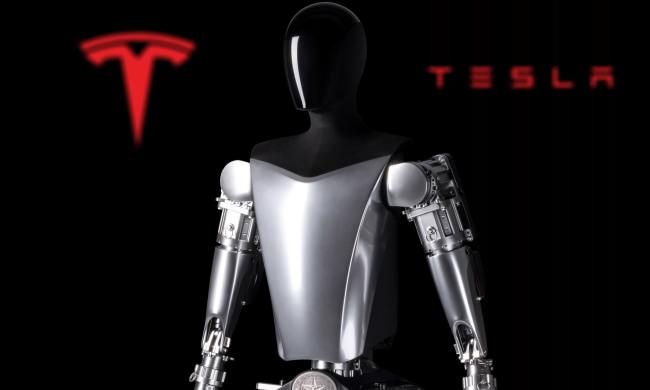
A Chinese website has revealed 1:43 scale models of the 2017 S90 which have been confirmed as accurate designs of the production car by a Swedish website, Teknikens Varld. While the images don’t show every nook and cranny of the sedan’s exterior, we can at least tell that the S90 will borrow the face from recent Volvo concepts like the 2013 Concept Coupe and 2014 Concept Estate.
The prominent grille and T-shaped headlights (called “Thor’s Hammer” by Volvo) add a sleek, upscale look to the reborn sedan that will rival the Jaguar XF, BMW 5 Series, Mercedes-Benz E-Class, and Audi A6.

Other styling cues include narrow pillars, C-shaped taillights (also borrowed from the Concept Coupe), and unique wheel designs. Volvo has made it clear that it aims to directly compete with premium German, U.K. and Japanese automakers. Its 2016 XC90 SUV is off to a great start, with demand exceeding initial production. The XC90’s styling, interior technology, and innovative engines have validated its higher price point and Volvo will undoubtedly incorporate similar refinement to its new S90 sedan.
Engine options will include a turbocharged and supercharged four-cylinder and a hybrid option, with power to match a traditional V6 and V8, respectively.
Die-cast models have leaked long before actual vehicle reveals before, including the Land Rover Discovery and Dodge Viper most recently, and even way back in 1968 when the C3 Corvette was developed as a Hot Wheels toy before GM revealed the production sports car.


